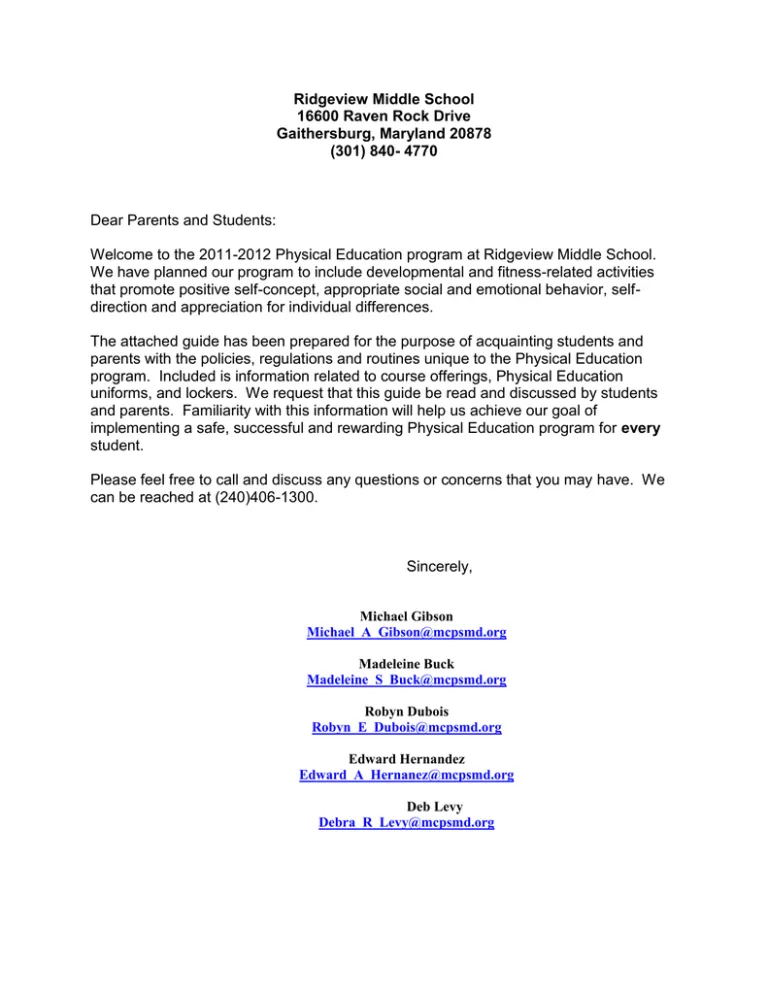Understanding the Perfect Cover Letter
A perfect cover letter is more than just a formality; it’s your first handshake with a potential employer. It’s a carefully crafted document designed to introduce you, highlight your key skills and experiences, and demonstrate why you’re the ideal candidate for the job. Unlike a resume, which is a factual overview of your career, a cover letter provides context and personality. It explains why you’re interested in the specific role and company, and what you can bring to the table. A well-written cover letter can significantly increase your chances of getting an interview, while a poorly written one can land your application in the rejection pile. Therefore, mastering the art of cover letter writing is a critical skill for anyone seeking employment.
Why a Cover Letter Matters
In today’s competitive job market, a cover letter is an essential tool. It offers a valuable opportunity to personalize your application and connect with the hiring manager on a more personal level. It allows you to elaborate on your resume, providing specific examples that illustrate your accomplishments and quantify your impact. A cover letter shows that you’ve taken the time to understand the company’s needs and tailor your application accordingly. It demonstrates your communication skills, attention to detail, and genuine interest in the position. Many hiring managers consider a cover letter a crucial part of the application process, using it to gauge a candidate’s writing ability, enthusiasm, and fit within the company culture. Without a cover letter, you risk appearing generic and less likely to stand out from the competition.
Key Components of a Cover Letter
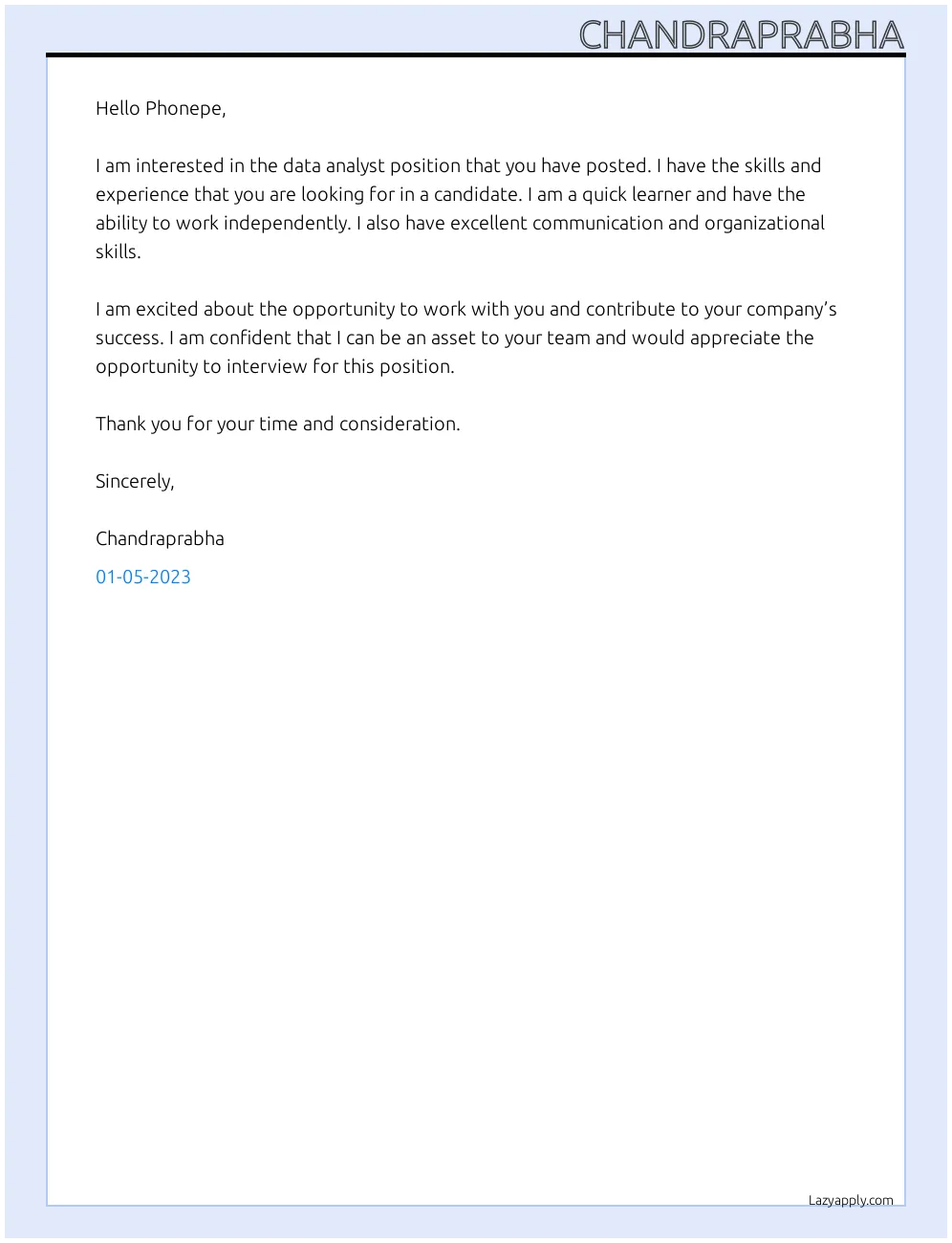
A well-structured cover letter typically includes several key components, each serving a specific purpose. These include a compelling opening, a section highlighting your skills and experience, a section demonstrating your achievements, and a strong closing. The opening should immediately grab the reader’s attention and state your interest in the position. The body should showcase relevant skills, experience, and accomplishments, using specific examples to illustrate your capabilities. The closing should reiterate your interest, express your availability for an interview, and thank the reader for their time and consideration. Ensuring that each of these elements is present and well-crafted is essential for a successful cover letter.
Crafting a Compelling Opening
The opening of your cover letter is your first and often only chance to make a strong impression. It should be concise, engaging, and tailored to the specific job and company. Avoid generic greetings like “Dear Sir/Madam.” Instead, research the hiring manager’s name and address them directly. Start with a statement that immediately captures their attention, such as highlighting a specific achievement or expressing your enthusiasm for the company. Briefly state the position you’re applying for and how you learned about it. Your goal is to pique the reader’s interest and encourage them to continue reading. A compelling opening sets the tone for the rest of the letter and makes the reader want to learn more about you.
Highlighting Your Skills and Experience
The body of your cover letter should focus on showcasing your skills and experience. Carefully review the job description and identify the key requirements. Then, provide specific examples from your previous roles that demonstrate how you meet those requirements. Don’t just list your skills; provide evidence of how you’ve used them to achieve results. Use action verbs to describe your accomplishments and quantify your achievements whenever possible. For instance, instead of saying “Managed a team,” say “Managed a team of 10 employees, increasing productivity by 15% within six months.” This section should provide a clear and concise overview of your qualifications and how they align with the needs of the role.
Tailoring Your Cover Letter
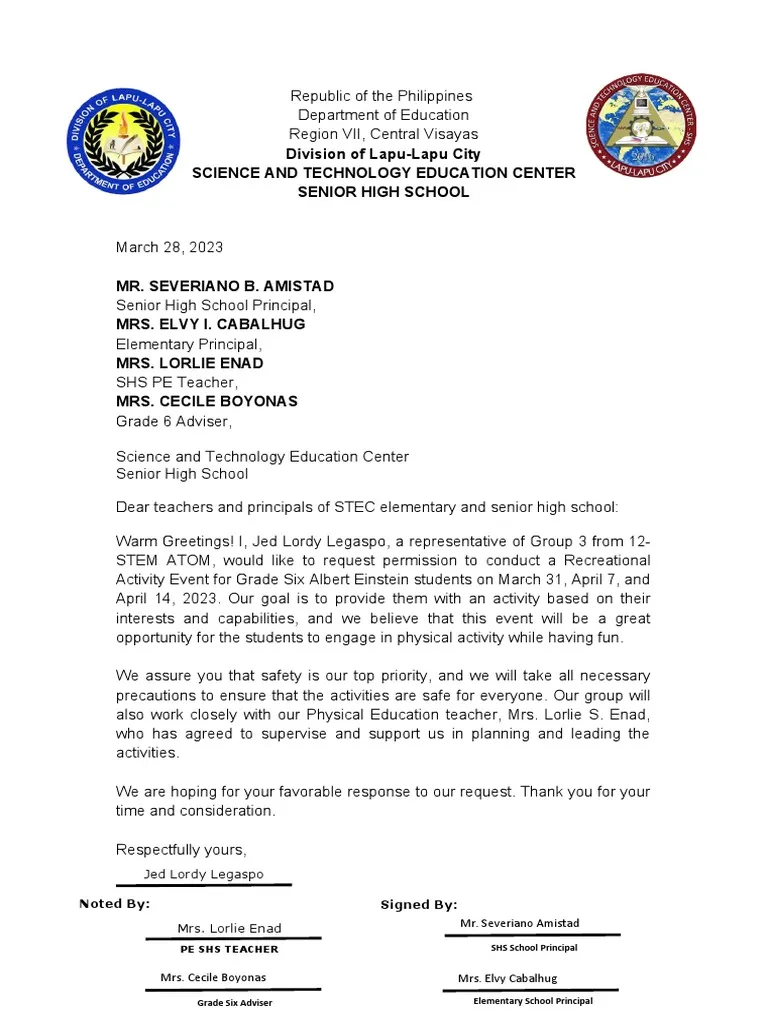
One of the most important aspects of a successful cover letter is tailoring it to each specific job and company. Generic cover letters that are sent to multiple employers are easily recognizable and often discarded. Take the time to research the company’s values, mission, and culture. Then, customize your letter to reflect your understanding of their needs and goals. Use the job description as a guide to identify the key skills and experiences the employer is seeking. Highlight those aspects of your background that are most relevant to the position. Show that you have taken the time to understand their specific needs and are genuinely interested in the opportunity. Personalization demonstrates your commitment and increases your chances of standing out from the crowd.
Researching the Company
Thorough company research is essential for crafting a compelling cover letter. Visit the company’s website, read their “About Us” page, and explore their social media profiles. Look for information about their values, mission, products, services, and recent news. Understanding the company’s culture will allow you to tailor your letter to their specific needs and show that you are a good fit. Identifying the challenges the company faces can help you demonstrate how your skills and experience can provide solutions. Referencing specific company initiatives or projects in your letter shows that you have done your homework and are genuinely interested in the opportunity. This level of detail demonstrates your proactive approach and attention to detail.
Showcasing Achievements
Instead of simply listing your job responsibilities, use your cover letter to showcase your achievements. Focus on the results you’ve achieved in previous roles, such as increased sales, improved efficiency, or successful project completion. Provide specific examples of how you have exceeded expectations or made a significant impact. Use action verbs to describe your accomplishments, and quantify your results whenever possible. For example, instead of saying “Managed social media,” say “Increased social media engagement by 40% through strategic content marketing.” Highlighting your achievements demonstrates your value to potential employers and sets you apart from other candidates.
Quantifying Your Accomplishments
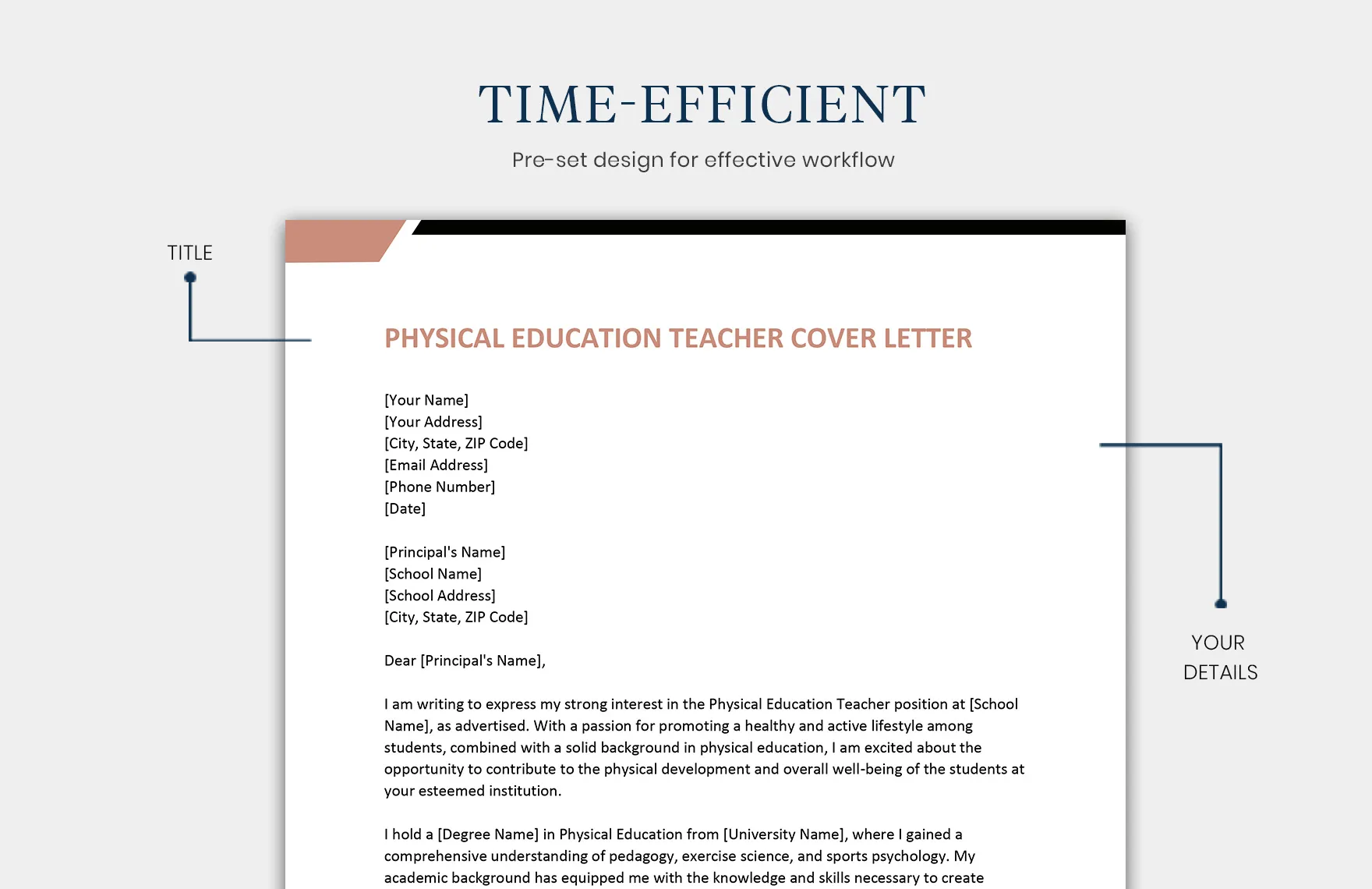
Quantifying your accomplishments is a powerful way to demonstrate your value to potential employers. Use numbers, percentages, and other metrics to illustrate the impact of your work. Instead of saying “Improved customer satisfaction,” say “Improved customer satisfaction scores by 20% through implementing a new customer service protocol.” Quantifying your achievements provides concrete evidence of your abilities and makes it easier for the hiring manager to understand your value. This makes your accomplishments more compelling and memorable and helps you stand out from the competition. Always provide context and explain the significance of your numbers.
Expressing Enthusiasm and Interest
Your cover letter should clearly express your enthusiasm and interest in the position and the company. Explain why you are excited about the opportunity and what attracts you to the role. Show that you have researched the company and understand their mission and values. Mention specific projects or initiatives that resonate with you. Explain how your skills and experience align with their needs and how you believe you can contribute to their success. Genuine enthusiasm can make a significant impact on your application, demonstrating that you are not only qualified but also passionate about the opportunity.
Structuring Your Cover Letter
A well-structured cover letter is easy to read and understand. Start with a clear and concise opening, followed by a section highlighting your skills and experience. Then, include a section showcasing your achievements and quantifying your results. Finish with a strong closing that reiterates your interest and expresses your availability for an interview. Use headings and subheadings to break up the text and make it easier for the reader to scan. Keep your paragraphs short and to the point. Proofread your letter carefully for any errors in grammar, spelling, and punctuation. A well-structured cover letter demonstrates your attention to detail and professionalism.
Formatting for Readability
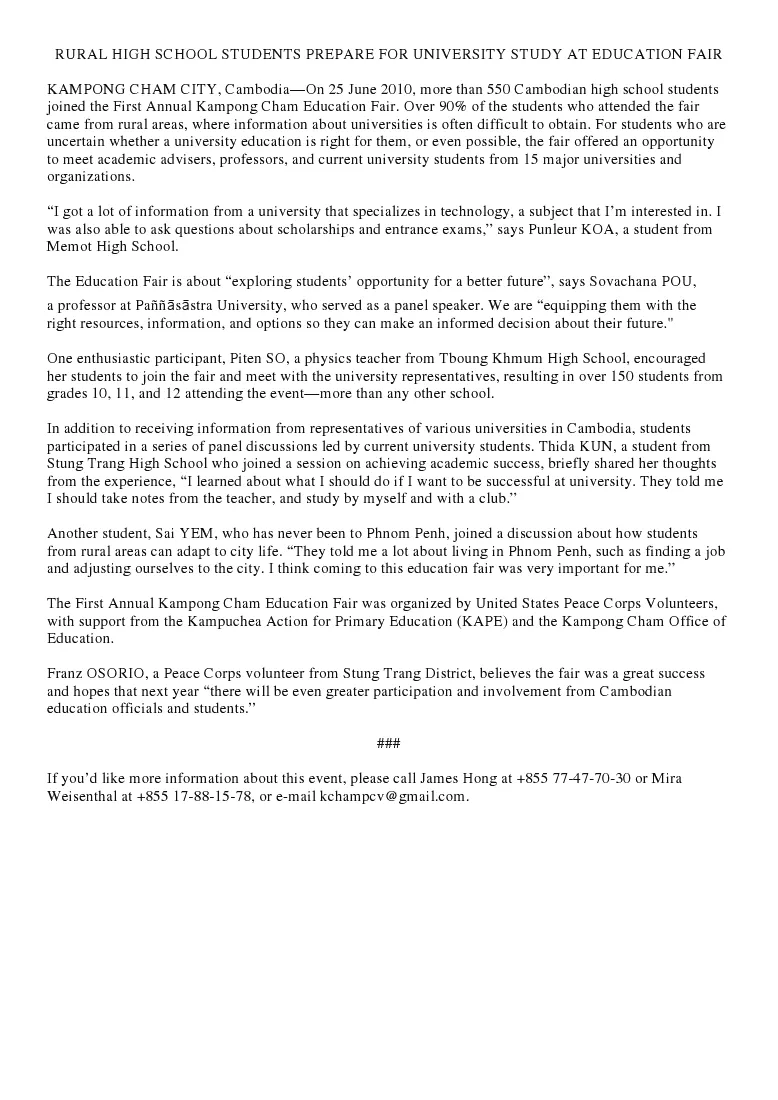
Formatting plays a crucial role in the readability of your cover letter. Use a professional font, such as Times New Roman, Arial, or Calibri, in a standard size (11 or 12 points). Use single-spacing within paragraphs and double-spacing between paragraphs. Left-align your text and avoid using full justification. Use headings and subheadings to break up the text and make it easier to scan. Keep your paragraphs short and to the point. Proofread your letter carefully for any errors in grammar, spelling, and punctuation. Proper formatting makes your cover letter visually appealing and easy to read, increasing the likelihood that the hiring manager will pay attention to your message.
Best Practices for Each Section
Each section of your cover letter should follow best practices to maximize its impact. In the opening, address the hiring manager by name and state the position you’re applying for. In the skills and experience section, highlight the most relevant qualifications, using specific examples to illustrate your abilities. In the achievements section, quantify your accomplishments and demonstrate your value to the company. In the closing, reiterate your interest, express your availability for an interview, and thank the reader for their time and consideration. Ensure each section is concise, well-written, and tailored to the specific job and company. Adhering to these best practices will significantly increase your chances of success.
Proofreading and Editing
Proofreading and editing are crucial steps in the cover letter writing process. Errors in grammar, spelling, and punctuation can undermine your credibility and make you appear unprofessional. Carefully review your letter for any mistakes. Use a spell-checker and grammar-checker, but don’t rely on them entirely. Read your letter aloud to catch any awkward phrasing or inconsistencies. Have a friend or family member review your letter for a fresh perspective. Ensure your letter is clear, concise, and free of errors. A polished and error-free cover letter demonstrates your attention to detail and commitment to excellence.
Avoiding Common Mistakes

Avoiding common mistakes can greatly improve the effectiveness of your cover letter. One common mistake is using a generic cover letter that is not tailored to the specific job or company. Another mistake is focusing on what you want instead of what you can offer the employer. Other mistakes include including irrelevant information, using overly formal language, and failing to proofread. Be sure to address the hiring manager by name. Avoid using jargon or clichés. Keep your letter concise and to the point. By avoiding these common pitfalls, you can create a cover letter that grabs the reader’s attention and increases your chances of getting an interview.
The Importance of a Strong Closing
The closing of your cover letter is your final opportunity to make a lasting impression. Reiterate your interest in the position and express your enthusiasm for the opportunity. Thank the hiring manager for their time and consideration. State your availability for an interview and provide your contact information. Avoid clichés like “Thank you for your time” and instead use a more personalized approach. For example, you could say, “I am eager to learn more about this opportunity and discuss how my skills and experience can benefit your team.” A strong closing reinforces your interest and encourages the hiring manager to take the next step.
Tips for a Memorable Cover Letter
To make your cover letter memorable, go beyond the basics and add a personal touch. Tailor your letter to the specific job and company. Show your personality and passion for the role. Use specific examples to illustrate your achievements. Quantify your accomplishments whenever possible. Keep your letter concise and easy to read. Proofread carefully for any errors. By following these tips, you can create a cover letter that stands out from the competition and leaves a positive impression on the hiring manager. Show genuine interest in the company and the role. Demonstrate how your skills and experience align with their needs.
Cover Letter Examples and Templates

Leveraging cover letter examples and templates can be a great starting point for crafting your own. Numerous online resources offer a variety of cover letter templates tailored to different industries, job roles, and experience levels. While templates provide a solid structure, remember to personalize them to reflect your unique skills and experiences. Reviewing different examples will give you insights into effective formatting, phrasing, and content. Many websites offer cover letter examples. However, it is crucial to tailor any template to your specific situation. Customize the language and examples to match your individual qualifications and the requirements of the job you are applying for. This will ensure that your cover letter is both informative and unique.
Where to Find Examples
Finding high-quality cover letter examples is easier than ever. Online job boards, career websites, and professional networking platforms frequently provide sample cover letters. Additionally, many career coaches and resume writers offer examples on their websites. When selecting an example, consider the industry, role, and your level of experience. Use these examples as inspiration to create your own. Carefully analyze the language, structure, and content of successful cover letters and adapt them to your needs. Ensure that the example aligns with your professional background and the specific job requirements. Avoid simply copying an example. Instead, use it as a guide to write a cover letter that reflects your individual skills and experiences.
Adapting Templates to Your Needs
When using a cover letter template, customization is key to success. Start by replacing the generic information with your own details. Tailor the content to match the specific job description and company requirements. Modify the language to reflect your unique skills and experiences. Quantify your accomplishments using specific examples and metrics. Add a personal touch by including information about your passion for the role. Ensure that the tone and style of your cover letter match your personality and the company culture. Review your customized letter carefully for any errors. By adapting a template effectively, you can create a compelling cover letter that showcases your qualifications and increases your chances of getting hired.
